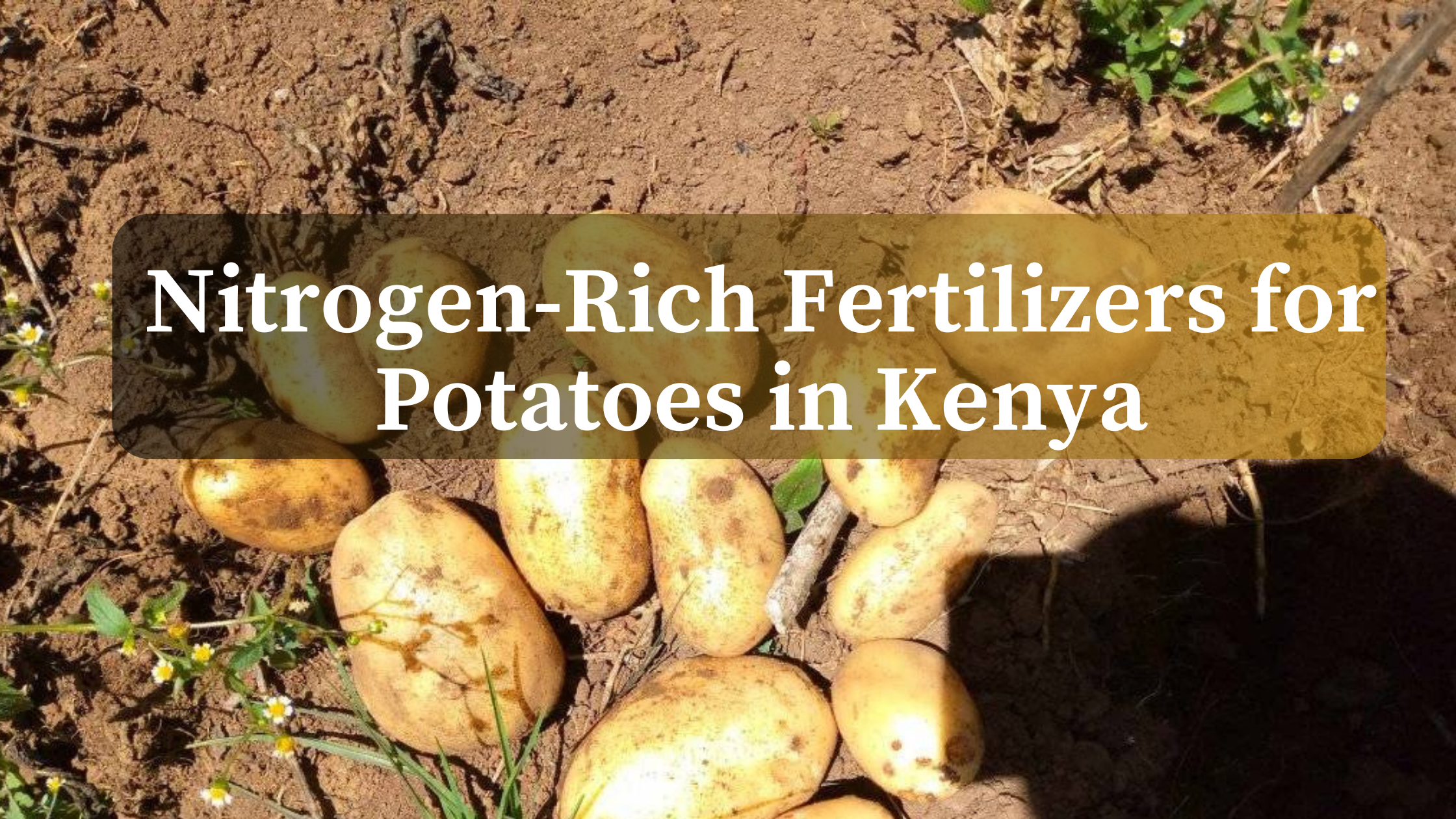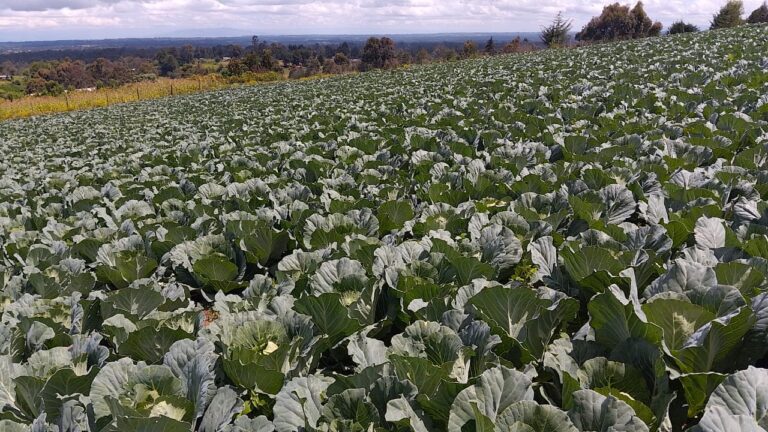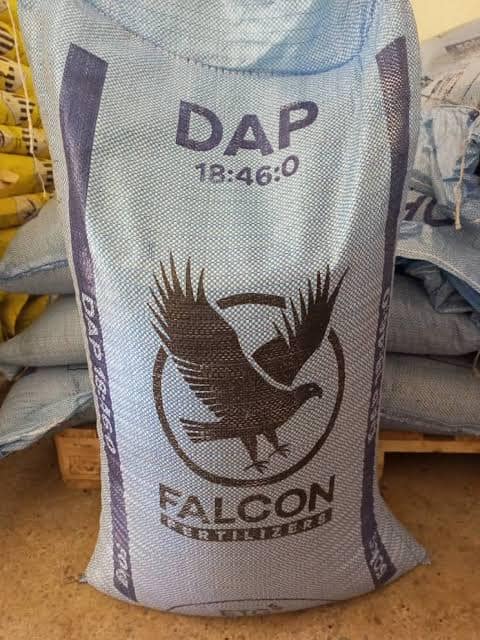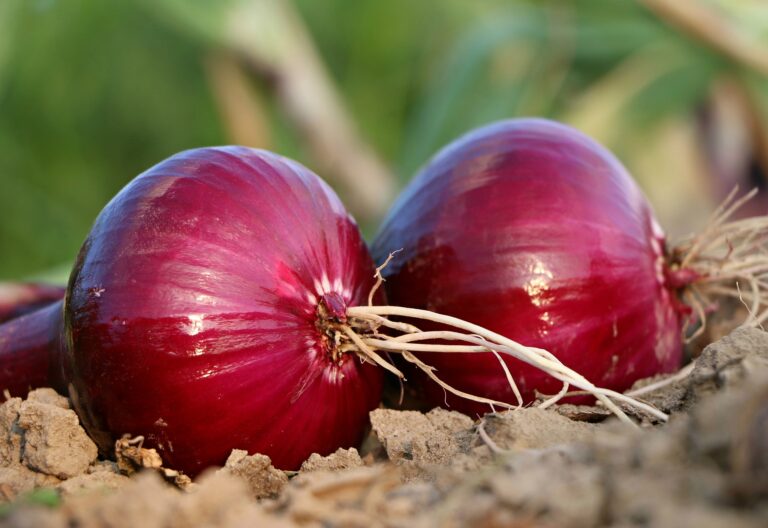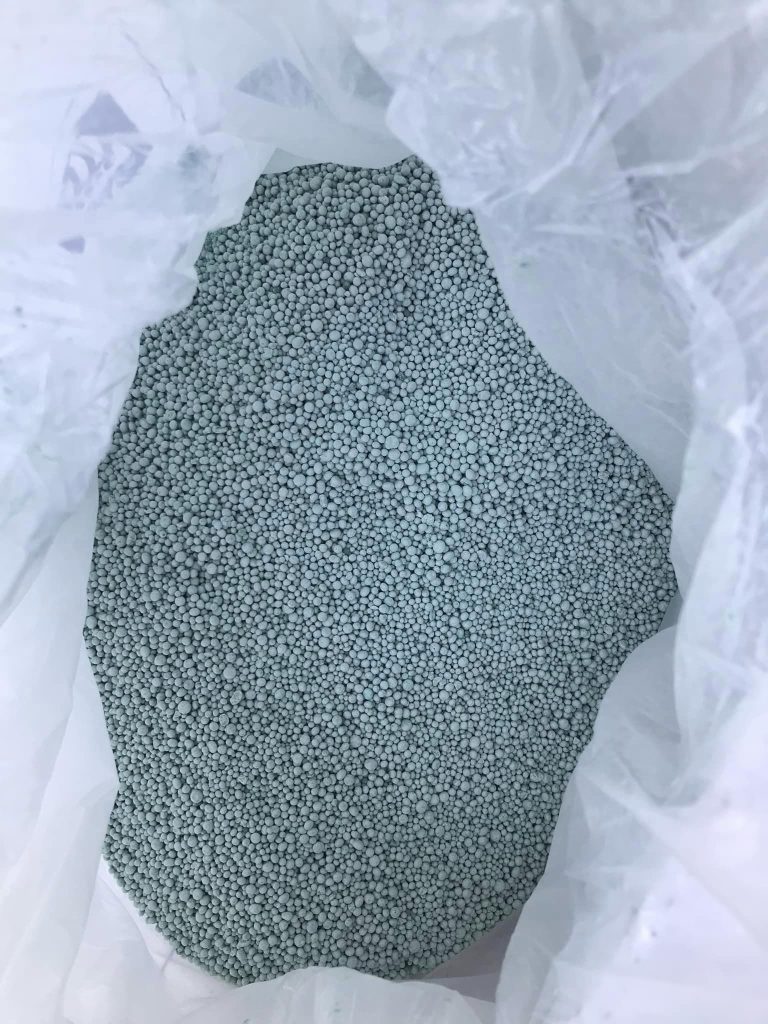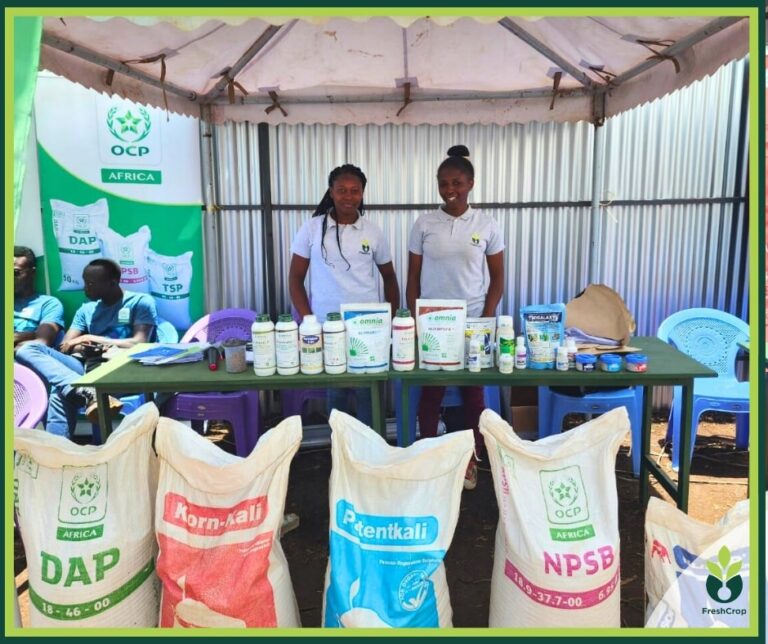Nitrogen-Rich Fertilizers for Potatoes in Kenya
Potato is an important food and cash crop in Kenya, but yields are limited by poor soil fertility and insufficient nitrogen supply.
Selecting the right nitrogen fertilizer sources, rates, and application methods is key to optimizing potato productivity in Kenyan growing conditions.
Role of Nitrogen in Potato Production
Nitrogen is essential for vegetative growth and photosynthesis in potato plants. It promotes lush, green foliage, increases the number and size of stems and leaves, and boosts tuber bulking and expansion.
Nitrogen drives key growth processes like cell division and protein formation. Deficiencies severely reduce plant vigor, yields, and tuber quality.
However, both insufficient and excessive nitrogen can limit potato yields. Matching nitrogen supply to crop demand in terms of rate, timing and source is crucial.
This article examines nitrogen management strategies tailored for Kenyan potato production.
Key Nitrogen Fertilizers for Potatoes in Kenya
The most commonly used nitrogen fertilizers for potatoes in Kenya include:
- Urea (46% N) – Popular for its high N concentration and fast crop response. But prone to losses if not properly managed.
- Calcium ammonium nitrate (CAN) (27% N) – Provides both nitrate and ammonium N along with calcium. The acidifying effect helps maintain ideal potato soil pH.
- Ammonium sulfate (21% N) – Supplies sulfur besides nitrogen. Ammonium form less prone to leaching but may acidify soils.
- Diammonium phosphate (DAP) (18% N; 46% P2O5) – Starter fertilizer providing N and phosphorus.
Additionally, nitrogen is supplied through organic sources like farmyard manure, composts, and green manures.
Integrating moderate amounts of organic and inorganic nitrogen caters to different potato growth stages. Inorganic fertilizers deliver readily available nitrogen to support initial sprout development and vegetative growth.
Organics act as slow-release nitrogen sources to sustain tuber bulking and maturation.
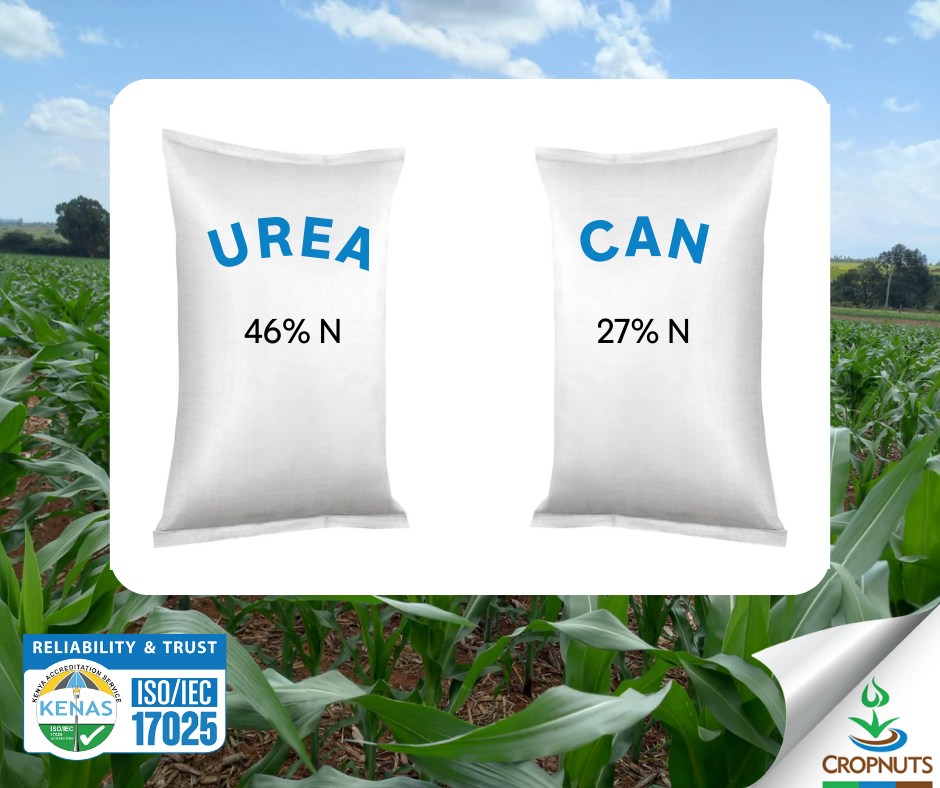
Nitrogen Rate Recommendations
Recommended nitrogen rates for rainfed potato production in Kenya are 100-150 kg N/acre depending on variety, soil fertility and target yields. Under irrigation, rates can reach up to 180 kg N/acre.
Nitrogen requirements also differ between growing environments in Kenya:
- Mid to high altitude areas (1500 – 2800 masl): 100 – 150 kg N/ha
- Low potential areas (< 1500 masl): 50 – 100 kg N/ha
Excess nitrogen delays maturity, causes hollow hearts in tubers and increases disease susceptibility. Insufficient nitrogen reduces yields and quality. Routine soil tests help fine-tune nitrogen rates for specific fields.
Nitrogen Application Methods
Common nitrogen application methods for potatoes include:
- Basal application – Applying 25-50% N at planting as starter fertilizer through band placement below seed tuber.
- Top dressing – One or more side dressings to meet crop nitrogen needs during rapid vegetative growth and tuber bulking.
- Foliar sprays – Foliar urea or calcium nitrate sprays to correct mid-season deficiencies.
Splitting nitrogen doses between planting and tuber bulking growth stages improves efficiency. Foliar sprays provide flexibility for in-season correction of deficiencies if detected through plant monitoring.
Best Practices for Nitrogen Management
Some tips for improved nitrogen management in Kenyan potato production include:
- Conduct soil testing to determine indigenous nitrogen supply capacity
- Use moderate amounts of organic materials to build soil fertility
- Adopt integrated nutrient management combing organics and chemical fertilizers
- Split apply nitrogen in multiple doses based on crop growth stage
- Use nitrification inhibitors with urea to minimize losses
- Apply nitrogen in bands or incorporate top-dressed fertilizers
- Monitor potato foliage to detect early nitrogen deficiencies
- Keep soil moist after nitrogen fertilizer application to enhance uptake
Conclusion
Nitrogen is the most yield-limiting nutrient in Kenyan potato cropping systems. Using the right source at the appropriate rate and time is key to harnessing the yield enhancement and quality benefits of nitrogen.
Integrating inorganic fertilizers with organics, adopting split applications, and managing soils and irrigation to minimize nitrogen losses allows meeting crop demand while reducing environmental impacts.
This underpins the sustainable intensification of potato production to support Kenya’s food security and farmer livelihoods.
